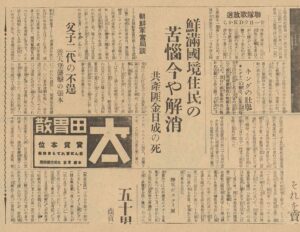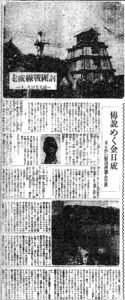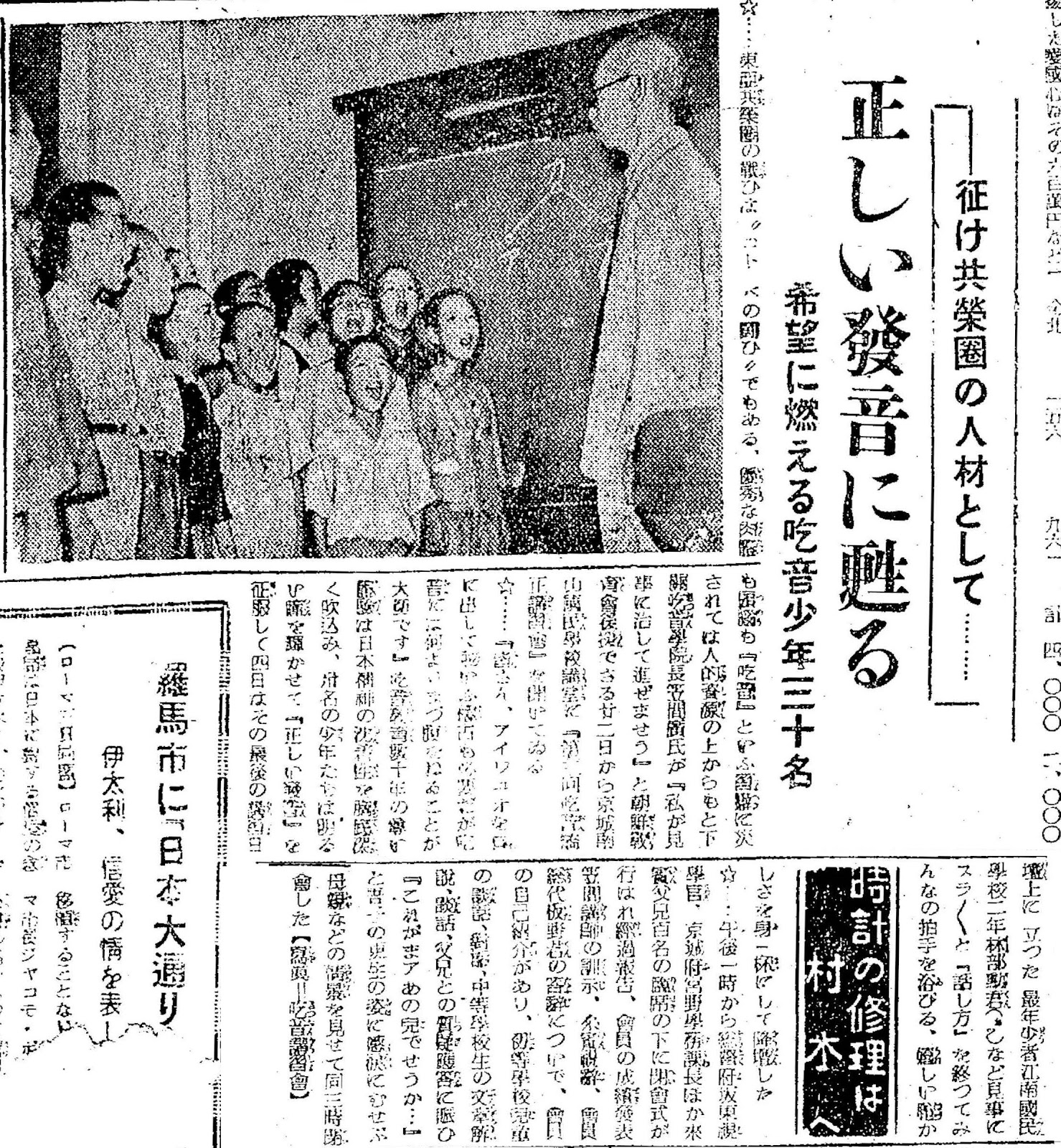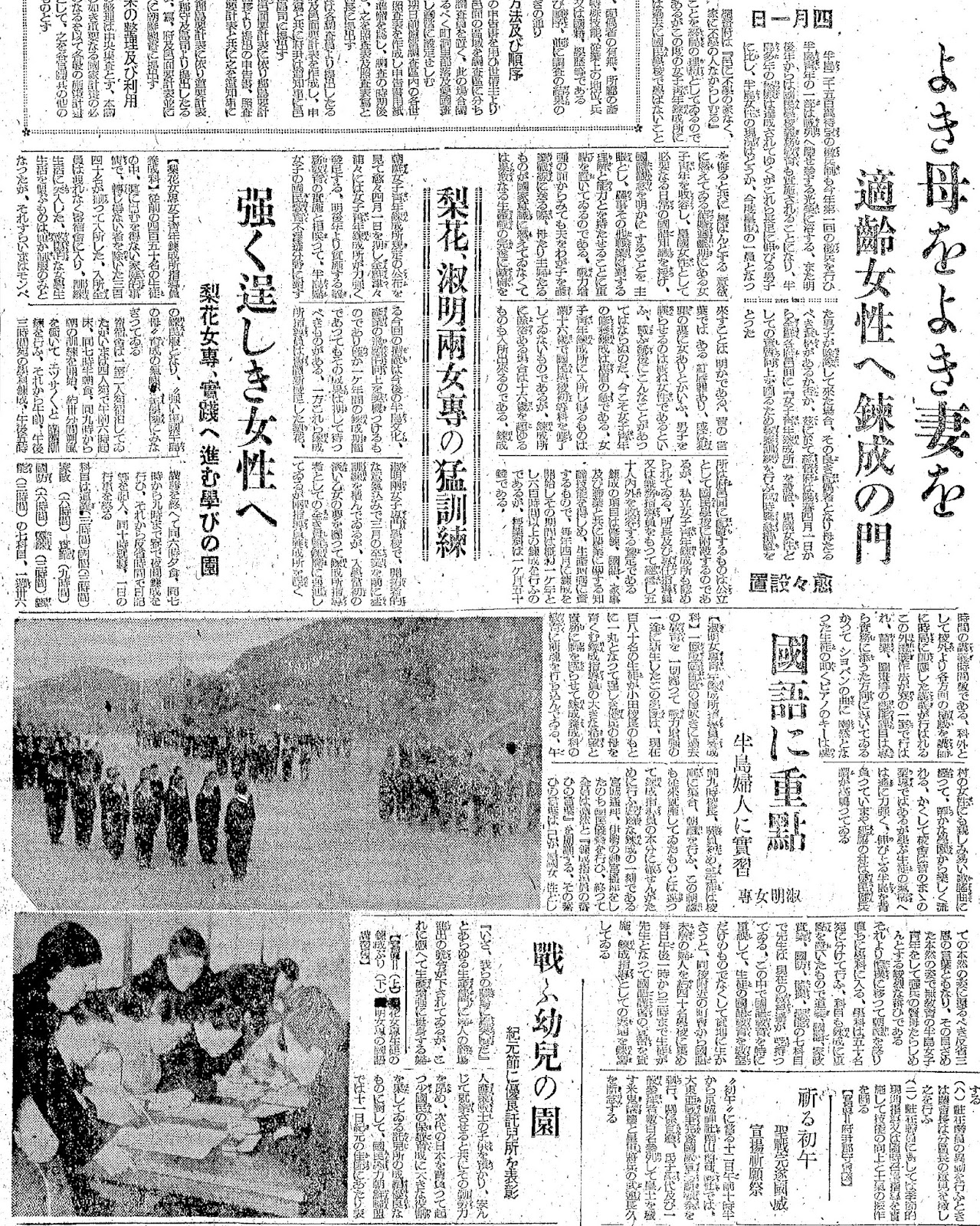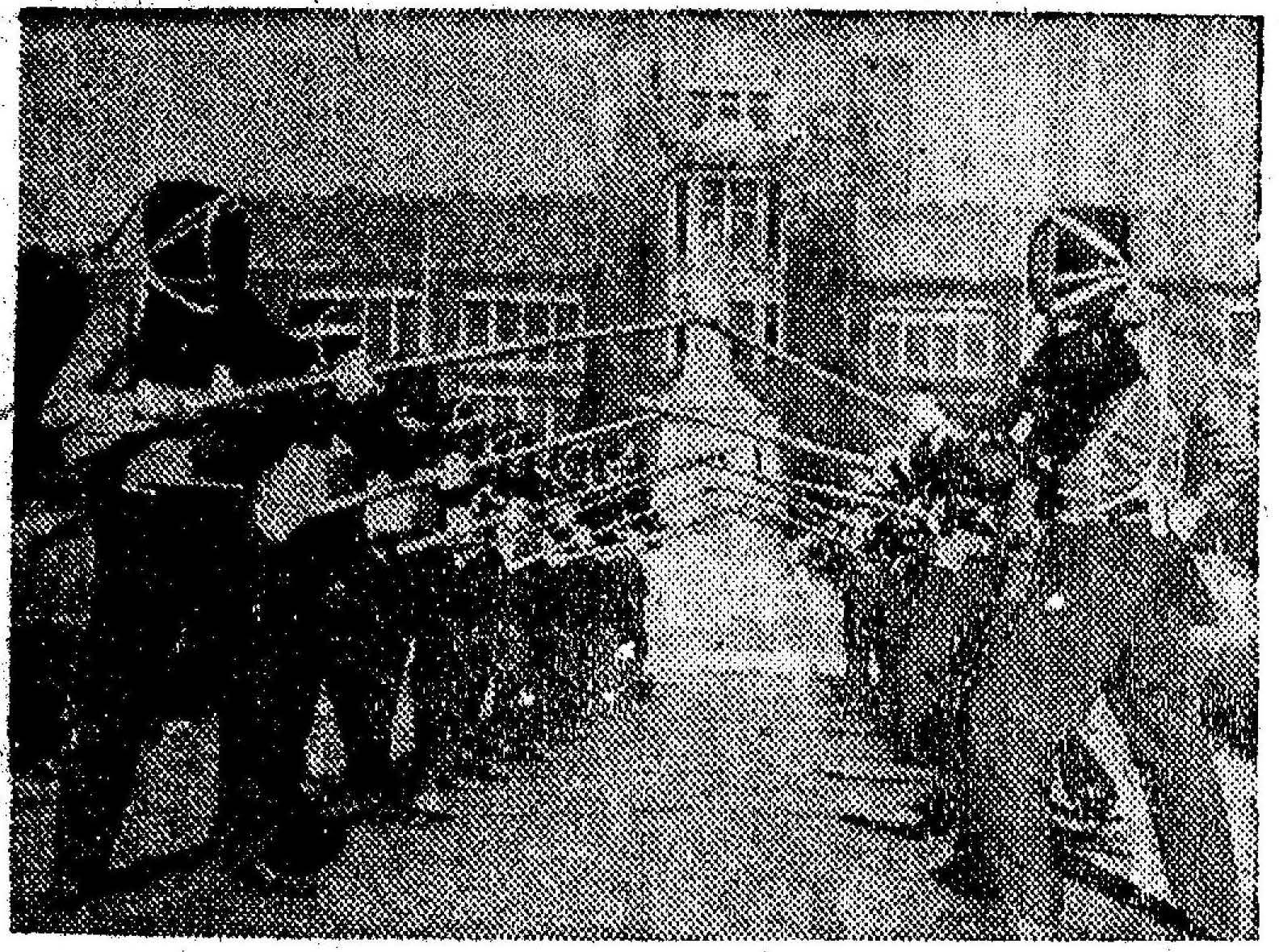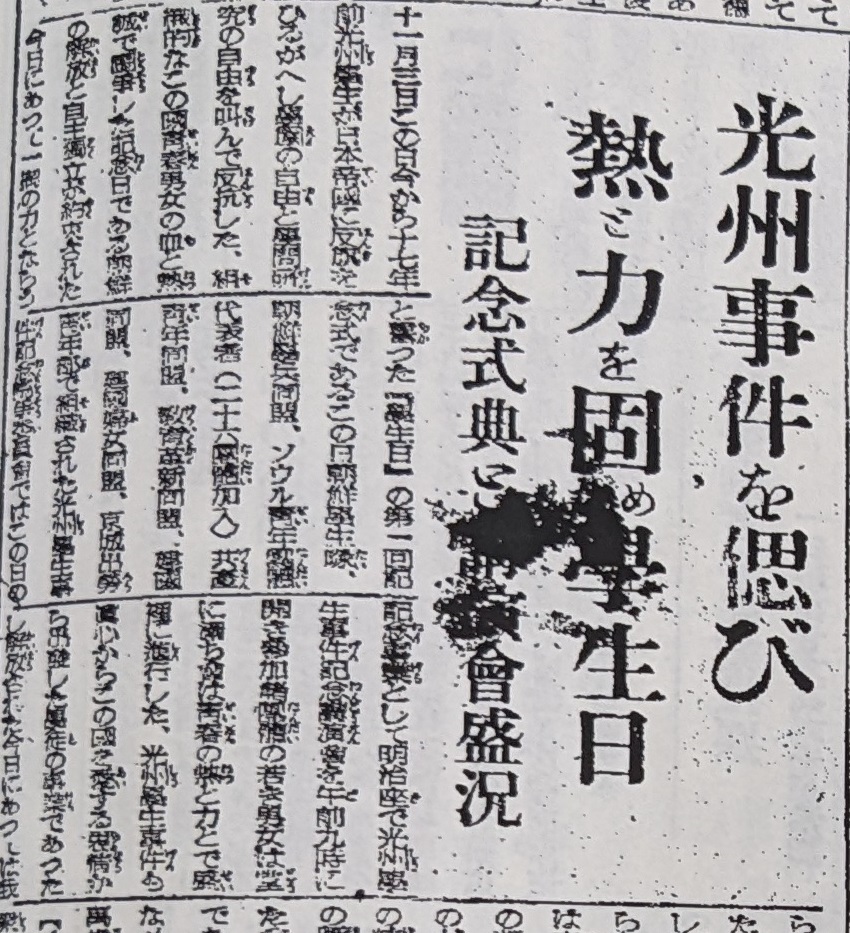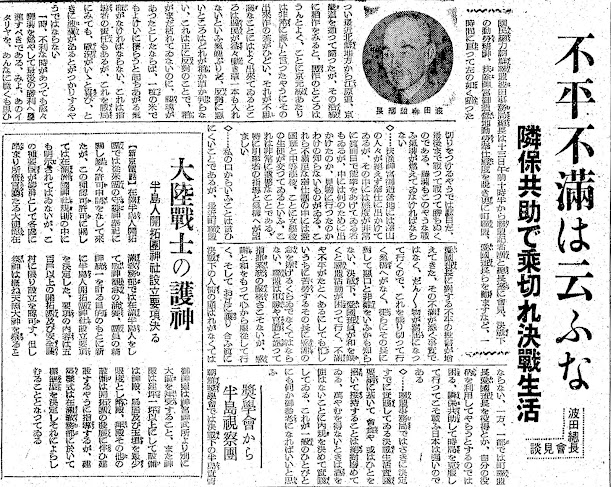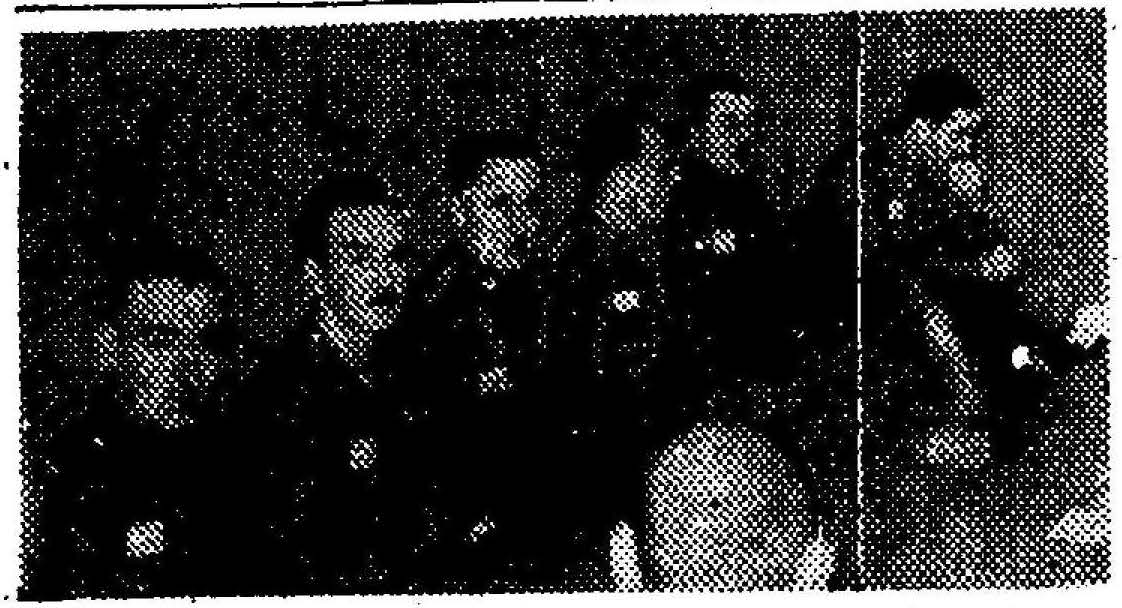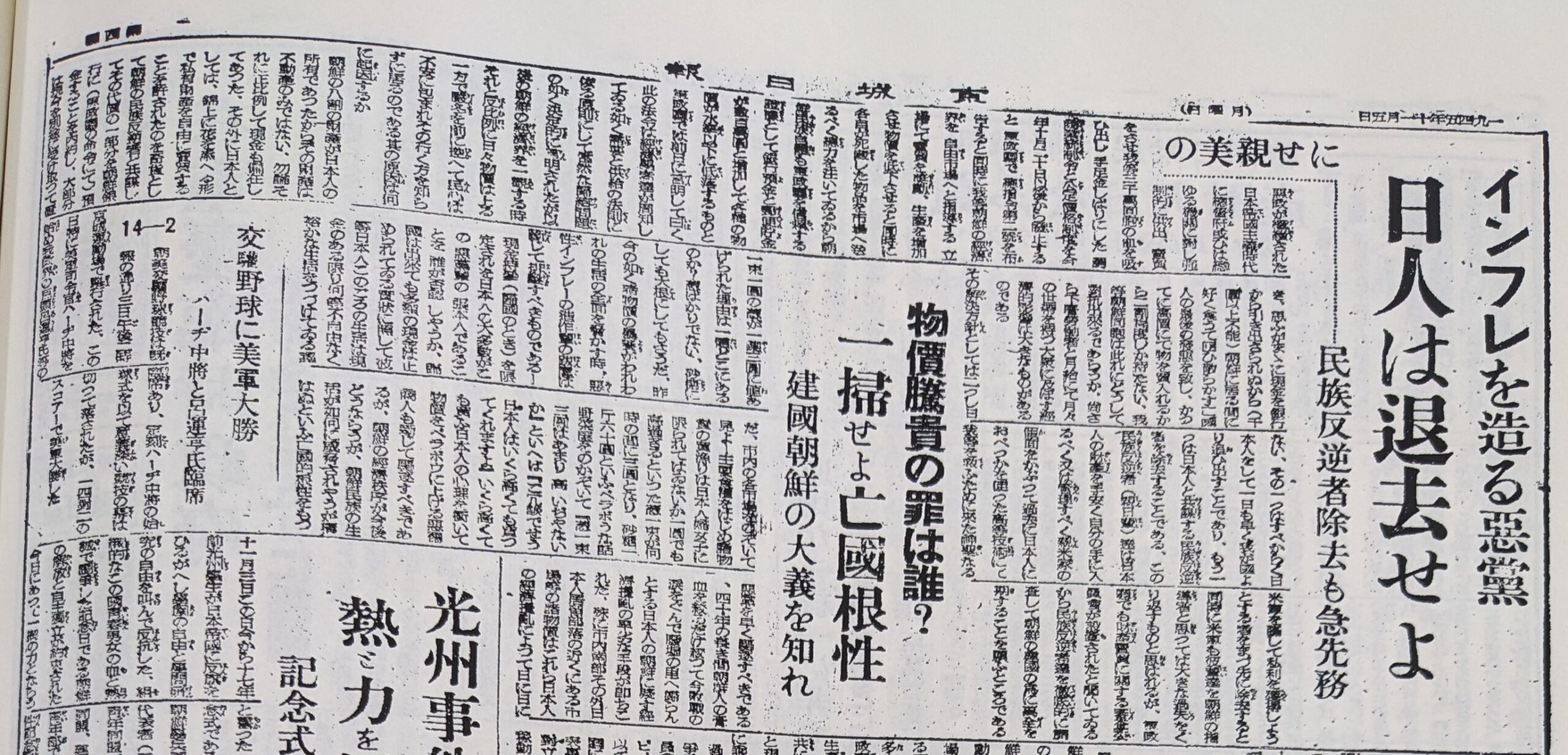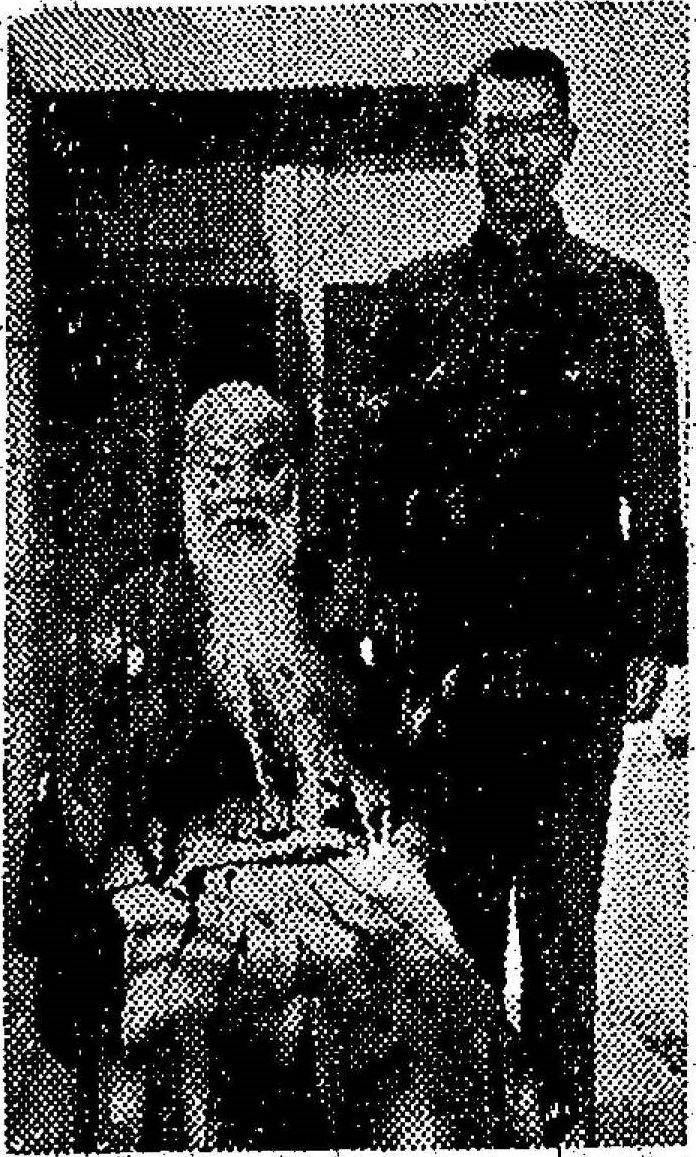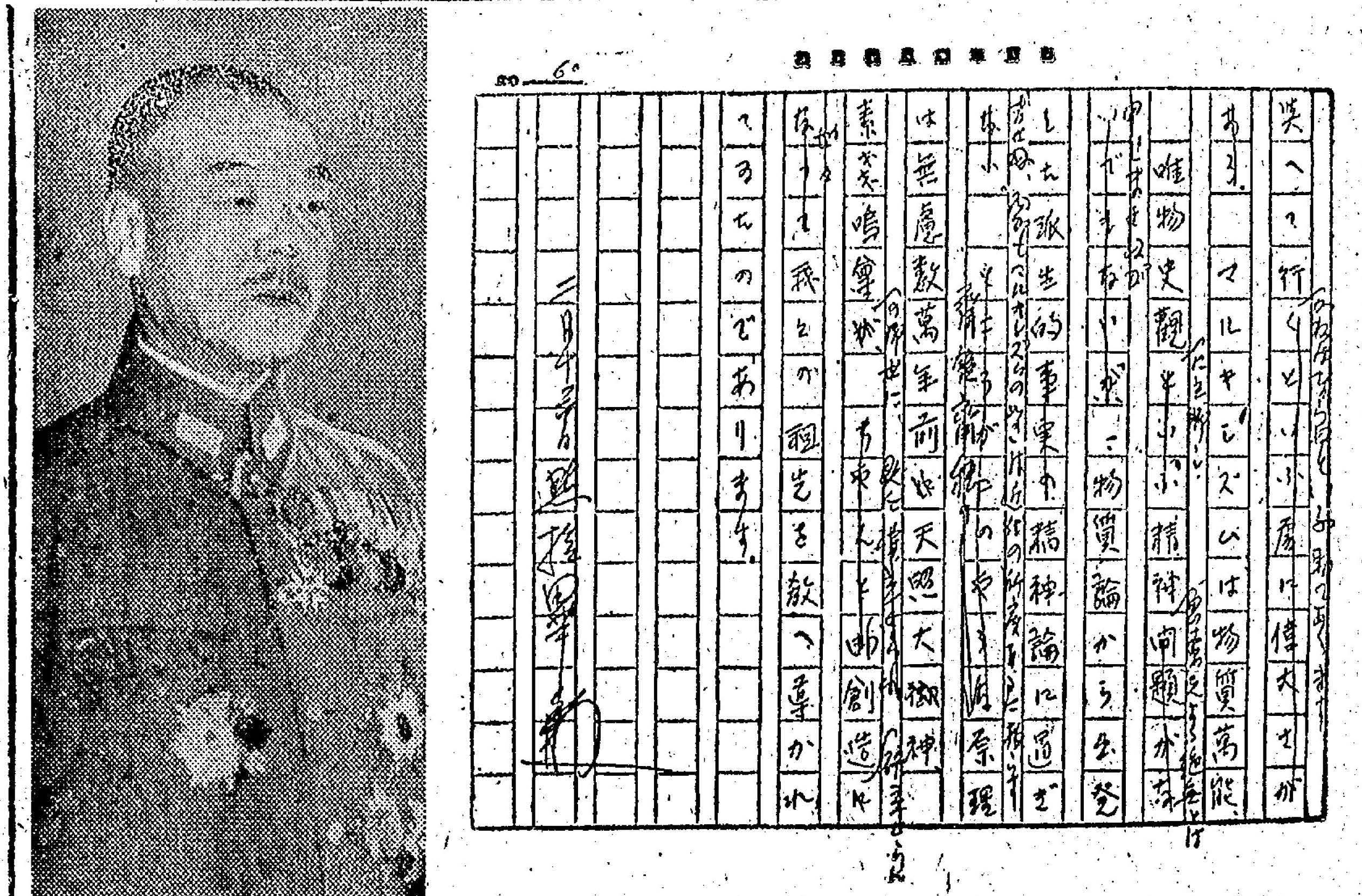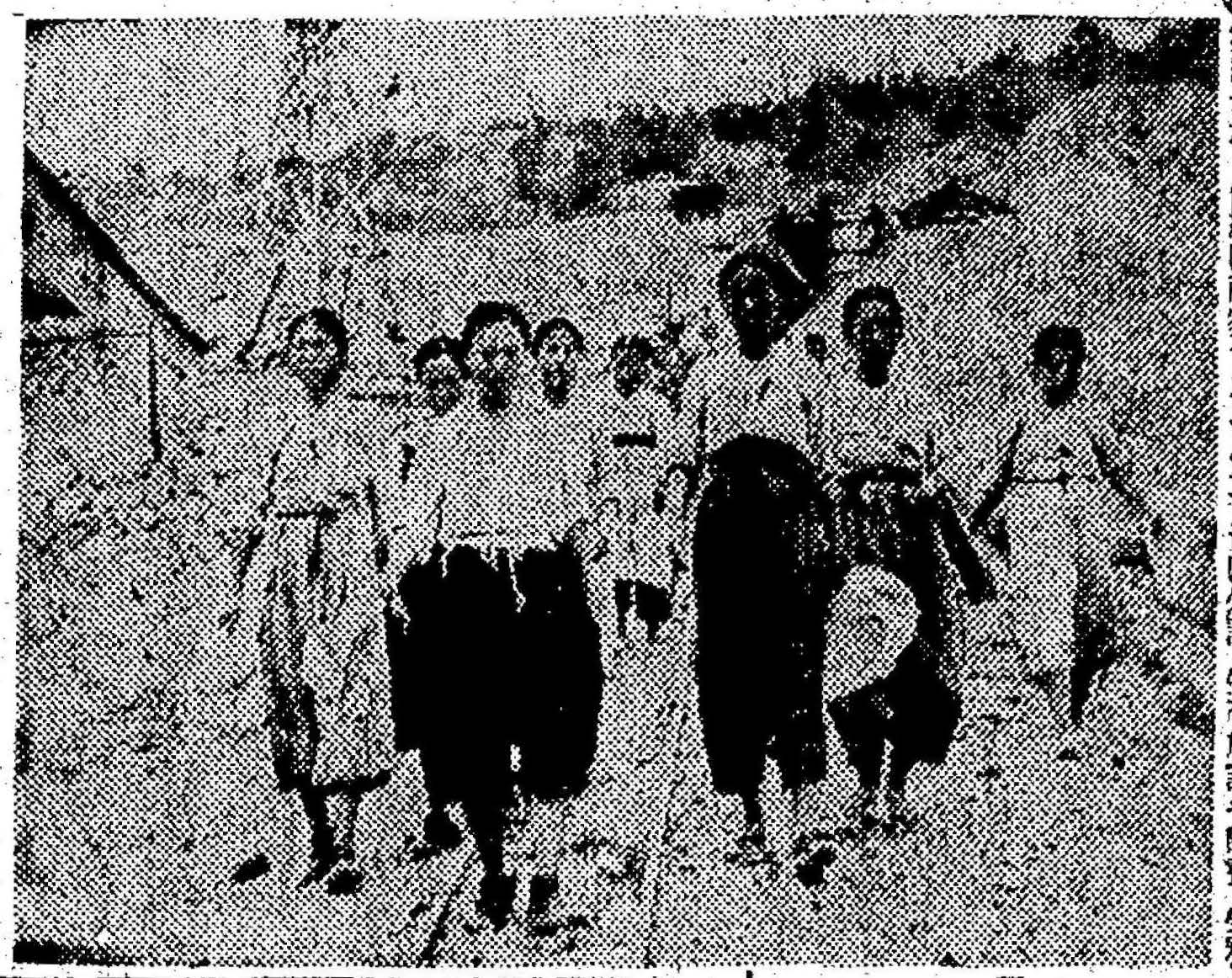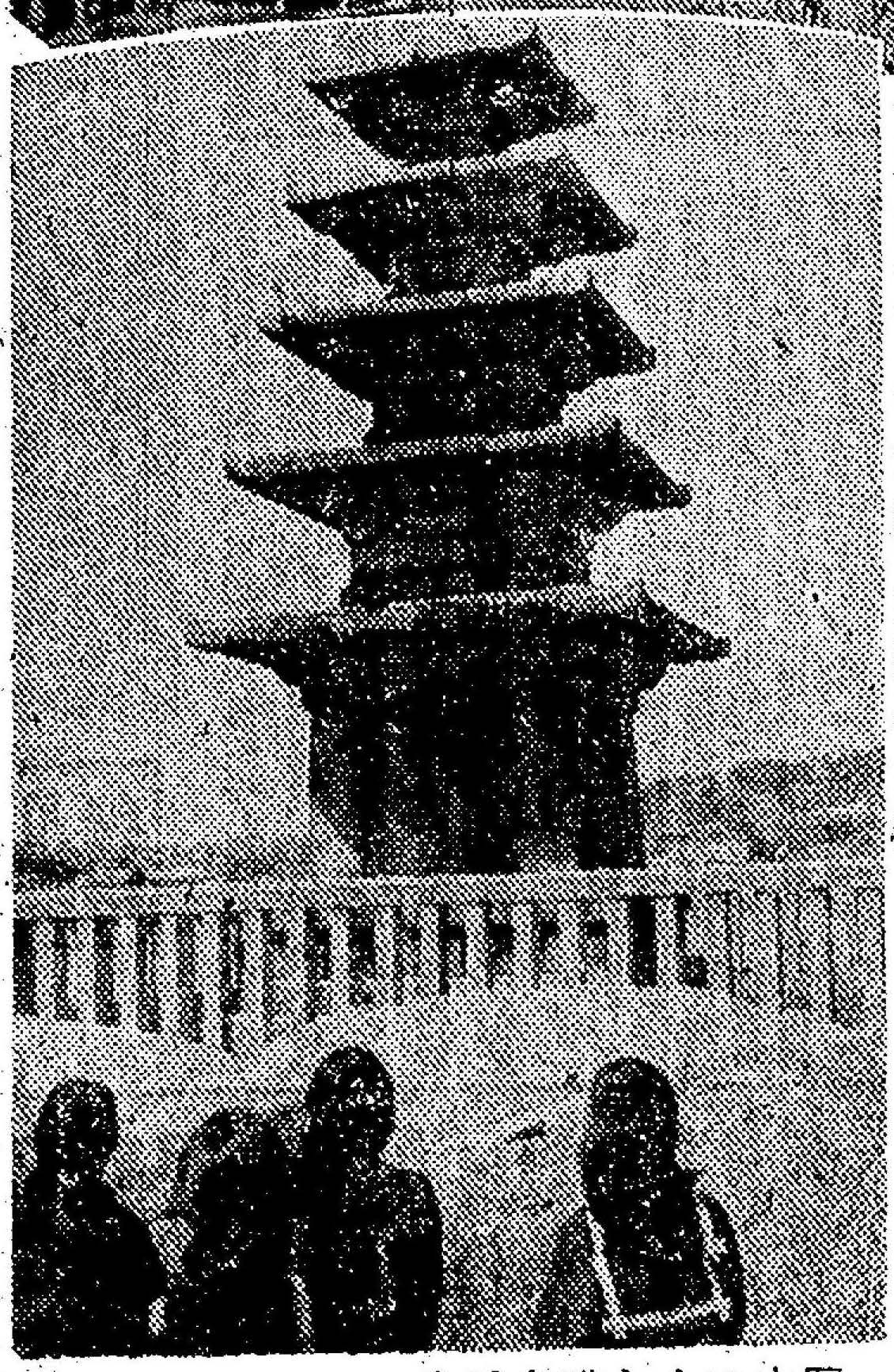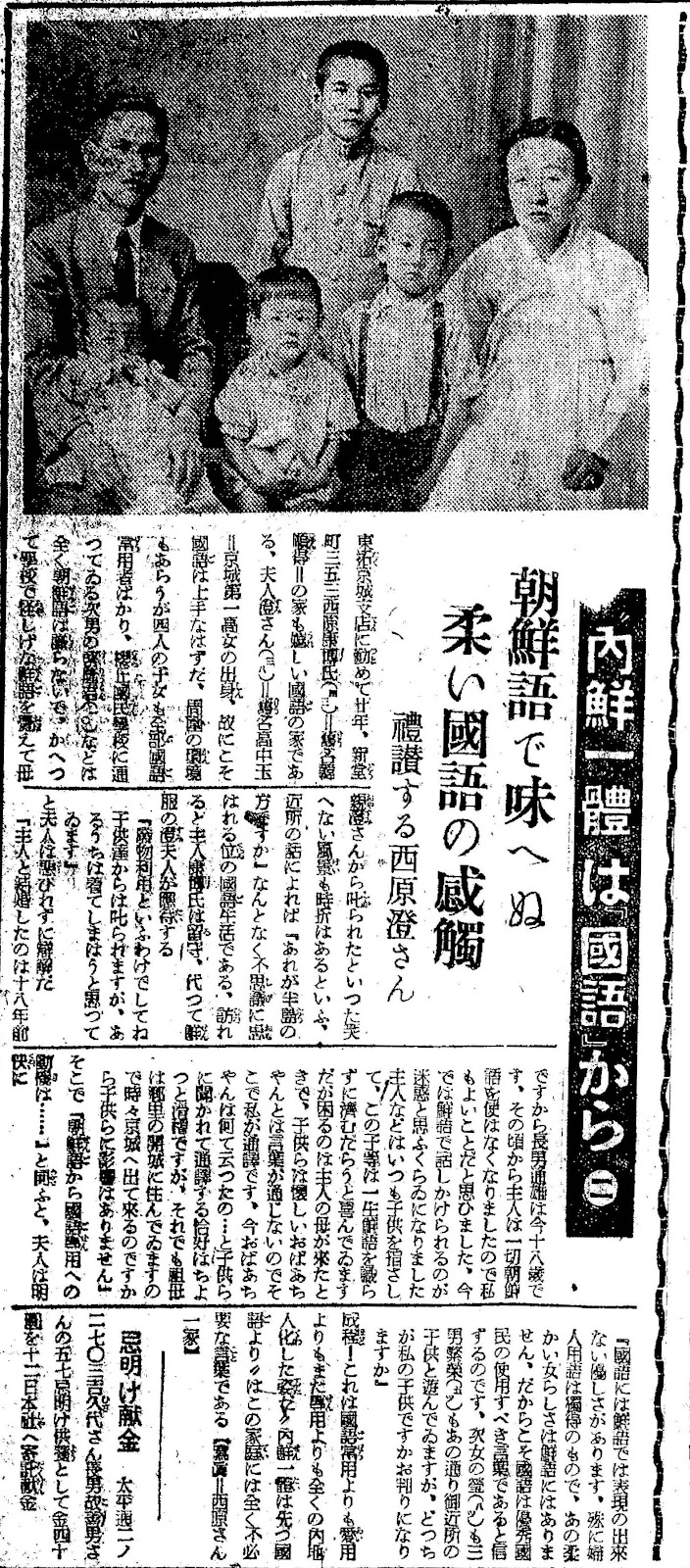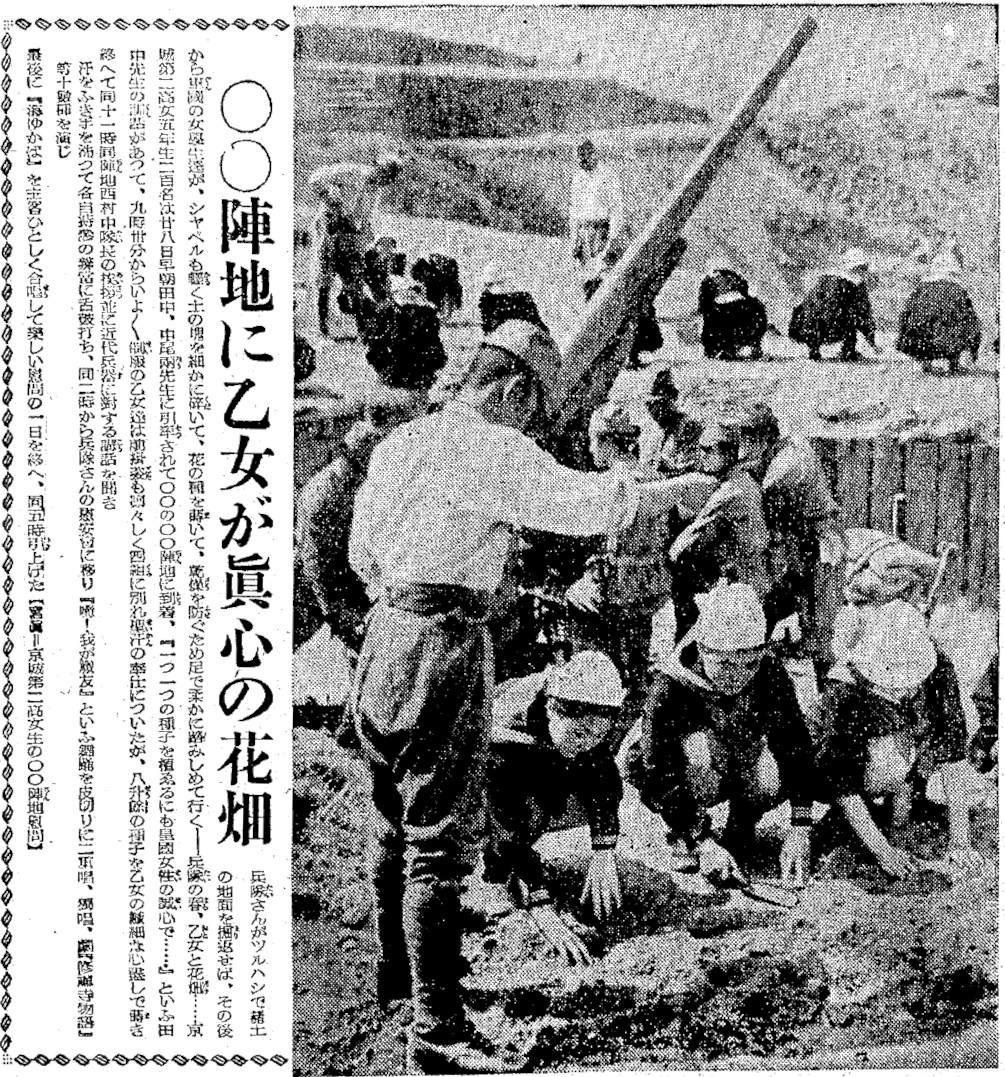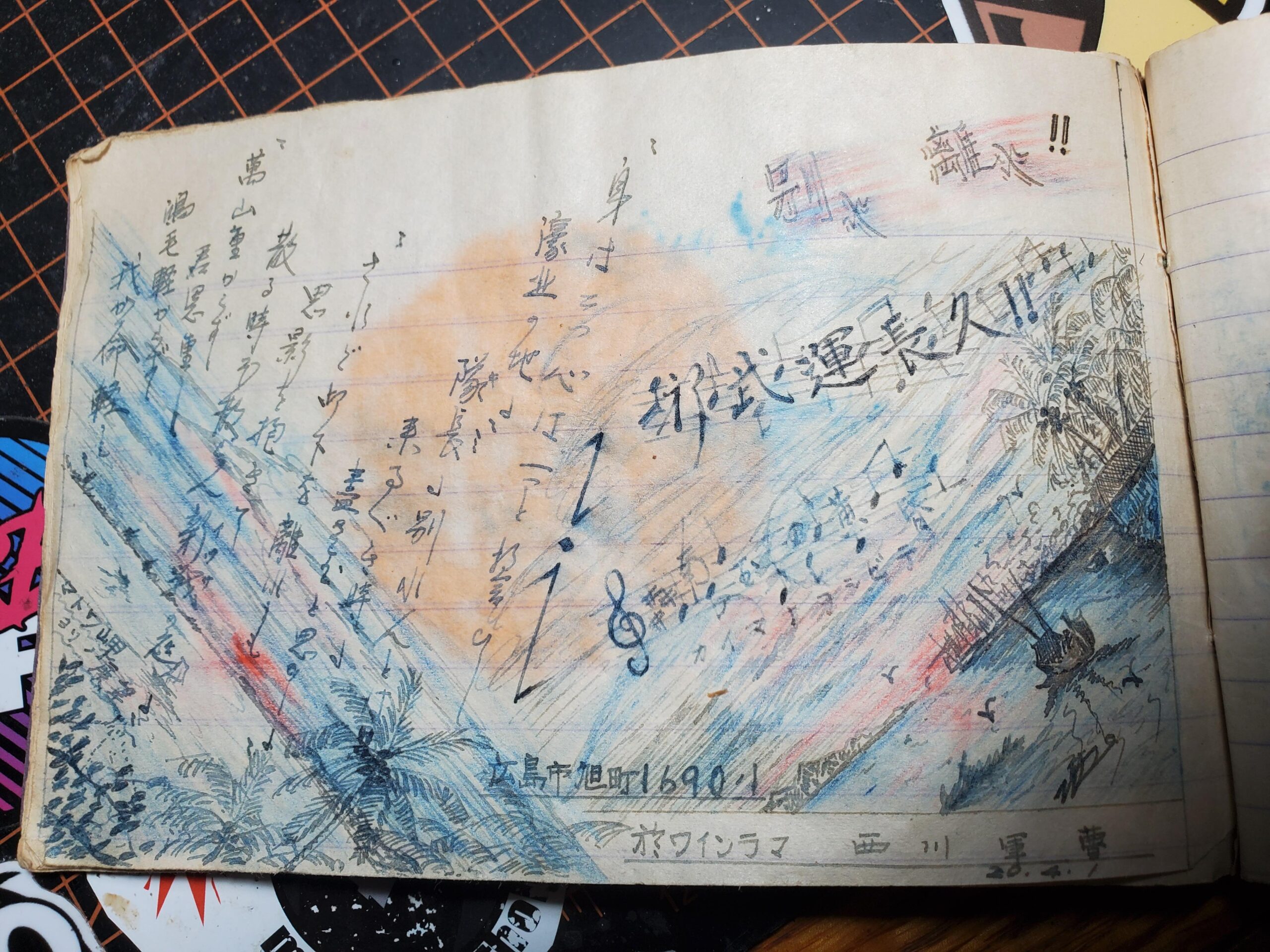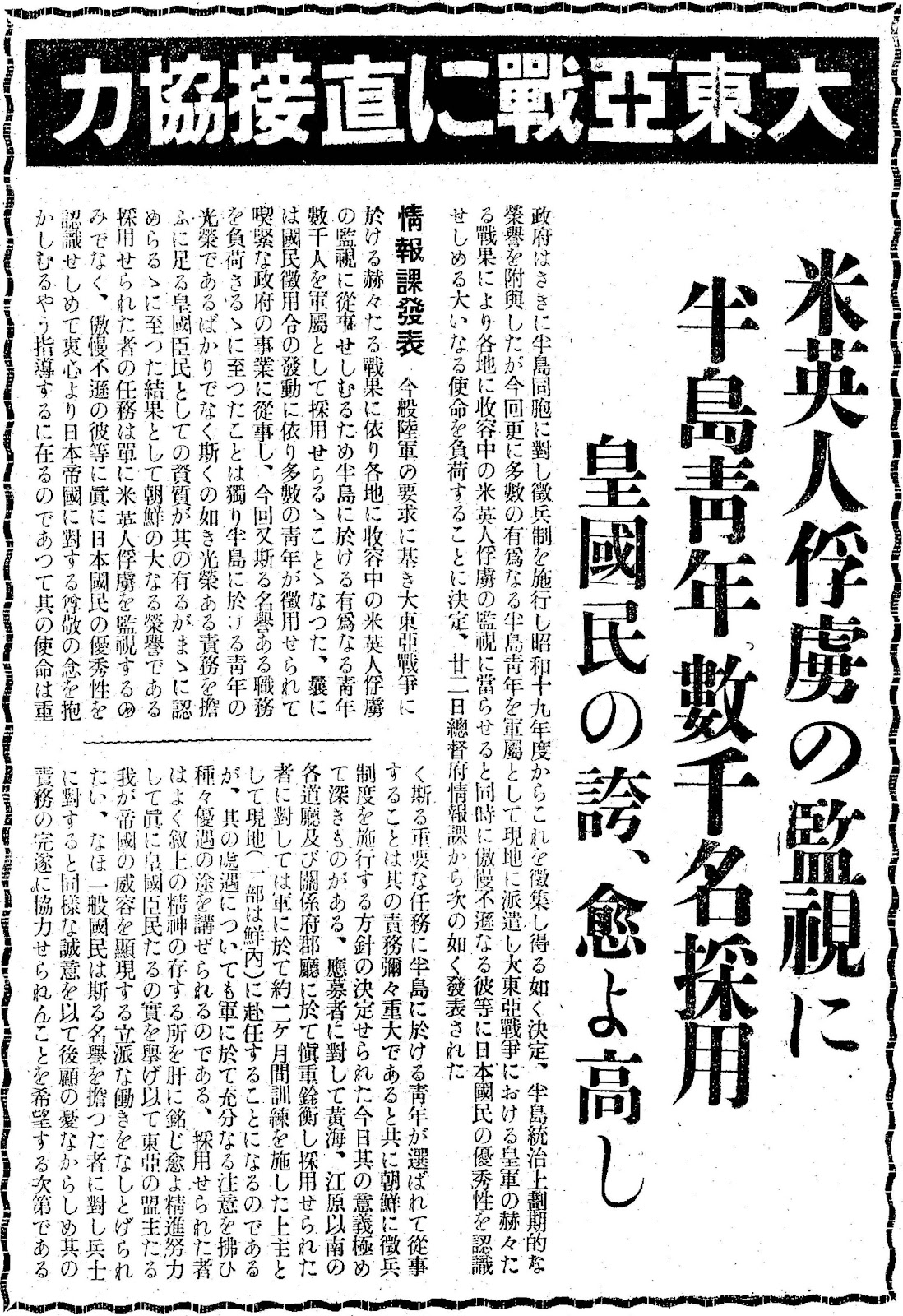
Imperial Japan’s manhunt for the “Communist Bandit Kim Il-Sung” in the late 1930’s was sensationalized in news headlines all over Korea, capturing the imagination of the Korean public under colonial rule
2023-09-03
515
2347
Continuing my exploration of Korean colonial-era newspapers from the 1930s and 1940s, available on the Internet Archive since 2021, I stumbled upon a series of fascinating articles about Kim Il-sung, the future founder of North Korea. Given that many of these details differ significantly from publicly available biographies of Kim Il-sung, I thought this would be of interest to the community here.
It is crucial to understand that these articles were sourced from Gyeongseong Ilbo (also known as Keijo Nippo), the official newspaper of the Imperial Japanese colonial administration, which governed Korea from 1905 to 1945. Though the paper was a propaganda tool, it was also the most widely read newspaper in Korea at the time. Only around 15% of Koreans had the literacy to read the newspaper, but the information would likely have spread through word of mouth.
Here are the noteworthy differences:
- Kim Il-sung allegedly went to the Soviet Union at age 19 (~1930) for university studies. In contrast, most sources claim he didn’t go to the Soviet Union until 1940.
- The place of Kim Il-sung’s birth is listed as either South Hamgyong or North Pyongan, differing from most sources which point to South Pyongan.
- There are varying accounts of his birth year: ~1901 according to a 1937 article, ~1911 according to the May 1939 article, and ~1909 according to the June 1939 article. Most sources agree he was born in 1912.
- Kim Il-sung imposter theory: Kim Il-sung was allegedly killed in November 1937. The May 1939 article suggests that Kim Il-sung was killed in 1936, and someone named Kim Young-san may have assumed Kim Il-sung’s identity then. However, the June 1939 article appears to downplay this theory. Most modern historians today do not entertain this theory.
I also noted some similarities in the news articles with prevailing North Korean narratives:
- Both the articles and North Korean narratives agree that Mount Baekdu served as Kim Il-sung’s base for anti-Japanese activities during the 1930s.
- The articles corroborate North Korean claims that Kim Il-sung’s father, Kim Hyong-jik, was involved in the independence movement and was executed for it.
The copy of the June 1939 article from the Internet Archive was largely illegible, but I was able to decipher sections discussing Kim Il-sung and O Paek-ryong, a future high-ranking general of North Korea. O Paek-ryong (오백룡, 呉白龍) is depicted as defiant towards colonial authorities, even demanding they pay taxes to him instead of the other way around.
Here is what I could understand from the faded text: A colonial official was said to have sent a letter to O Paek-ryong asking him to pay his taxes (いい加減にもう年貢を収めたらどうか?). In response, O Paek-ryong sent back a letter asking them to pay taxes to him instead, and that they were a pathetic bunch of people whose days were numbered (お前達こそいい加減にもう年貢を収めたらどうか?余命幾許も無いお前達は実に哀れなものだ). Between May 20, 1939 and June 16, 1939, the bandits made incursions into Korea at four locations and had 11 skirmishes with colonial security forces. 2-3 days prior to June 16, 1939, they also assaulted a bus and killed 3 ethnic Japanese people, stole some gold items, and set fire to the bus with gasoline.
I am planning a visit to the National Library of Korea later this month to examine physical copies of Keijo Nippo and satiate my curiosity about the late 1944 to 1945 issues. However, if there is community interest in the 1939 mentions of Kim Il-sung and his comrades, I will certainly prioritize that during my upcoming trip.
[Translation]
Gyeongseong Ilbo (Keijo Nippo) November 18, 1937
The suffering of the residents along the Korean-Manchurian border is now resolved: Communist Bandit Kim Il-Sung’s Death
Statement by the Korean Army Office on November 17th – Kim Il-sung has long been residing on the opposite bank of the Yalu River in Changbai and Fusong Counties. Under the incitement of the Comintern, he has been advocating communism to the local residents and making efforts to cultivate anti-Manchukuo and anti-Japanese sentiments. At times, he has carried out slaughter and pillage, causing suffering to innocent people. Sometimes, he hatches treacherous plans against the Japanese-Manchurian forces, thereby significantly threatening the public order in Manchukuo. According to sources, on November 13th, a Manchurian anti-bandit squad confirmed Kim Il-sung’s location, attacked him, and after five hours of fierce fighting, finally beheaded him, singing a song of triumph.
If this is indeed true, not only the residents who have long suffered under his oppression will rejoice, but the Korean Army authorities, who have a great concern for public order along the Korean-Manchurian border, will be filled with indescribable joy. Respect is expressed for the hard work and effort of the Manchurian anti-bandit squad.
Father and Son Across Two Generations of Treachery: The Mastermind of the Attack on Pochonbo
Is he a hero of the verdant woods? Who was Kim Il-sung, who traversed the eastern borderlands? He was said to be born in South Hamgyong or, according to some theories, in South Pyeongan. According to the investigation of the border police, the South Hamgyong theory is more credible, and beyond that, his origins are unclear — a fitting background for a bandit. From a young age, Kim Il-sung crossed the border with his father, based himself in the eastern borderlands, started a revolutionary movement, and became its leader. As the revolutionary movement expanded across the river, red devils appeared behind the scenes, inciting them with communist thought.
Tainted red, at around the age of 19, Kim Il-sung snuck into Moscow, the Mecca of the People’s Front. He spent ten months in Russia, where he studied at a communist university, and furthermore joined the Red Army, becoming a practitioner of anti-Japanese activities. As soon as the Manchurian Incident broke out, he returned immediately to the eastern border, joined forces with bandit groups led by leaders such as Wang Fengge (王鳳閣) and Cao Guo’an (曹国安), and started an anti-Manchurian and anti-Japanese army, disrupting the border. Kim Il-sung, the only intellectual among the bandits, rapidly rose to become the leader of his comrades, and he stubbornly continued anti-Manchurian activities for about six years. The name “Communist Bandit Kim Il-sung” echoed throughout Manchukuo, often troubling the anti-bandit squads. Notably this spring, he attacked Pochonbo on the second line of the South Hamgyong border, resulting in several casualties among the brave Hyesan Police who were staunchly defending the border.
Kim Il-sung, who continued anti-Japanese and anti-Manchurian activities for two generations with his father, was finally cornered by the brave anti-bandit squad, and at the age of 36, his life of turbulence came to a close, putting an end to his evil dreams.
Gyeongseong Ilbo (Keijo Nippo) May 28, 1939
Bandit Tales: Child of Destiny, Kim Il-Sung
A Focus on Recent Guerrilla Tactics
**Foreword**
When we hear that bandits have appeared in North Hamgyong, those unfamiliar with the situation immediately seem to think that these bandits are operating in the hills behind Chongjin, but it is by no means a laughing matter. There was a time when a large bandit raid occurred deep in Musan and was reported in bold headlines in the newspapers. As a result, we received letters of sympathy all the way from mainland Japan. Several years have passed since then, but bandits have once again invaded the border of North Hamgyong by circling around Baekdu Mountain from the South Hamgyong border area. They have clashed with the security forces for several days. Chief of Police Tsui recently stated, “Since people unfamiliar with local conditions may think that the bandits have invaded areas like Chongjin or Rason, I want things to be clearly reported to avoid misunderstandings. I do not think it is good to give the general impression that North Hamgyong is an unsafe place in terms of public order, as this would not be conducive to the progress of North Hamgyong.” Apparently, the general public perception about the “bandits of North Hamgyong” is inadequate.
Generally speaking, it is regrettable that there is even temporary bandit activity around the Korea-Manchuria border, which is lauded as the “royal road to paradise.” At a time when the whole country is working to construct a New Asia, and the glorious song of the advance army of the Greater East Asia Co-Prosperity Sphere is playing loudly, when viewed from the grand scheme of the Greater East Asia Co-Prosperity Sphere, the issues in that region, which is but a small corner, may seem trivial like so many insignificant orchids, but they are not without problems. However, we must say that the repeated occurrence of these ill-fated incidents disrupting public order in this small corner of our continental forward base is a serious matter. But when all is said and done, this represents the last gasp of breath for these bandits whose days are numbered on the land of Chongjin.
Now then, what is the current situation of these bandits who are disruptors of the peace in the Korean-Manchurian region, and who are detestable enemies of culture? What is their lineage? Organization? Strongholds? Recent activities? Let us attempt to explain these various issues a little. (North Hamgyong News Bureau)
**Structure and Organization**
While we do not have detailed information about the structure and organization of these bandits, they are generally part of the Northeast Anti-Japanese United Army. Below that are the First to Fourth Route Armies, which have First to Sixth Armies under them. Each army further divides into divisions and regiments. Today’s bandits are by no means a rabble. They have a proper military organization and display considerable discipline, training, equipment, and coordination. The bandits that are active in the dense forests across from North and South Hamgyong are primarily under Yang Jingyu (楊靖宇) and include a faction led by Kim Il-sung. Yang Jingyu, a Manchu, is a formidable character who holds a military commander’s position. Yang Jingyu has made Tonghua, Jilin, Huanan, Ning’an, and Dunhua among others his strongholds, and has single-handedly controlled northeastern Manchuria. He himself has become the commander of his First Army, appointed An Guangxun (安光薫) as the political leader and Kim Se-Hyung (김세형, 金世衡) as the chief of staff. Leading from the First Division to the Sixth Division, he reigns supreme, acting like a king of the verdant woods with great aplomb.
Kim Il-sung, who attacked Pochonbo in South Hamgyong last year and committed murder using every possible means, is currently waging combat against our suppression squad after invading North Hamgyong from the South Hamgyong border area again today. Kim Il-sung is Yang’s trusted subordinate and heads the Sixth Division. He is just 28 years old. Kim Il-sung has an extremely violent nature, and he is very familiar with the conditions within Korea due to his numerous raids. He is disrupting public order by appearing and disappearing as if he were at home in the dense forests of Baekdu Mountain. Born on the Korean Peninsula in Gapsan, South Hamgyong, his father was a leader of the Manse Demonstration and was executed. He is thus a child of destiny. His nationalist ideology was inherited from his parents. He was raised by his uncle after moving to the eastern borderlands at a young age. His inherently violent nature eventually led him to join the group of bandits, and he is now on the path to his own destruction, chasing an unending illusory dream. Such has been the strange course of his life thus far.
There are some reports suggesting that Kim Il-sung was shot and killed by Manchurian troops in Huadian County in November 1936, and so a Korean named Kim Young-san (김영산, 金永山) succeeded him as the second Kim Il-sung, but the details are not clear. Yang Jingyu has also organized a so-called Second Front Army to disrupt the Korea-Manchuria border. Its command structure includes Yang Jingyu as commander, Kim Il-sung as the direct army chief, and Lin Shuishan (林水山) as chief of staff. They have under them the 7th to 10th regiments, as well as other guerrilla units, amounting to about 700 men in total.
These organized groups maintain consistent organic contact, and it goes without saying that the Comintern is manipulating them behind the scenes. A recent trend worth noting is their astonishing shift towards communism. They now refrain from unnecessary killings and brutality, and have shifted towards a trend of ideologically appealing to good citizens in order to win them over. (To be continued)
Gyeongseong Ilbo (Keijo Nippo) June 16, 1939
Patrolling the Anti-Bandit Frontlines
Report from North Hamgyong News Bureau (2)
The Legendary Kim Il-Sung: Certainly an Aura of Tension Among the Three Leaders
[…] That night, under the kerosene lamp of the Eiya Inn, the conversation became lively when discussing the topic of bandits. Because we were actually on the ground where it all happened, the stories that we heard were accompanied by a sobering sense of reality (the speakers were Police Chief Tsutsui, Senior Section Chief Miwa, and the journalists).
“Who exactly is this man called Kim Il-sung? According to one theory, he has not actually existed as a real person ever since he was killed by the security forces in the eastern borderlands last year…”
“No, he is indeed a real person. Just a few years ago, a newspaper reporter visited his base and met him. Although he did not appear in any photos, the article ‘Meeting Kim Il-sung’ was published in a newspaper and caused quite a sensation.”
“That might have been a bit hard to believe. However, he undoubtedly exists as a real person. It was said that he is from Gapsan in South Hamgyong, but actually, he is apparently from North Pyeongan. In his childhood, his father was executed due to his participation in the Manse Demonstration. After that, he took up his father’s mantle, ran into nationalist movements, and became a bandit. He is a somewhat pitiful child of destiny. However, he is only about thirty years old and holds a position equivalent to a division commander among the bandits, so he is certainly an extraordinary person.”
“The next guest coming here is said to be the boss of this Kim Il-sung, a man named O Paek-ryong (오백룡, 呉白龍). O Paek-ryong is said to be located around [illegible] now. How about it, would anyone have the courage to go and write an article like ‘Meeting O Paek-ryong’? It would certainly be a big scoop these days.”
[…]
[Transcription]
京城日報 1937年11月18日
鮮満国境住民の苦悩今や解消:共産匪金日成の死
朝鮮軍当局談=十七日朝鮮軍当局談=金日成匪は予て鴨緑対岸長白、撫松県に蟠居しコンミンテルンの使嗾の下に所在の住民に対し共産主義を鼓吹し反満抗日的機運の醸成に努め或いは殺戮掠奪の限りを尽くして無辜の民を苦しめ、時としては日満軍に対して不逞を策するので満州国の治安を著しく脅威しありしか、情報によれば去る十三日満軍討匪隊は金日成の所在を確かめ、之を攻撃し激戦五時間の後、遂にその首級をあげ凱歌を奏したり。
果して然らば久しく彼らの桎桔下に苦悩せし住民の喜びは元より、鮮満国境の治安に大なる関心を有する朝鮮軍当局の喜びに堪えざる所にして満州討匪隊の苦心と努力に対し敬意を表する次第である。
父子二代の不逞:普天堡襲撃の張本
緑林の英雄?として東辺道を股にかけた金日成とはどんな男か。彼の生れは咸南と云い、或いは平南出身との説があり、国境警察官の調べによると咸南説が有力で、それ以上は判明しないと云う匪賊らしい生立ちである。金日成は幼時、父につれられ越境し、東辺道を根拠とし、〇〇革命運動を起こし、金日成はその首領となっていた〇〇運動が対岸に拡大するにつれて赤色魔が彼らの背後に現れ共産思想を煽りたてた。
赤色に染まった金日成は十九歳ころ人民戦線のメッカ、モスコーに潜入。在露十ヶ月、この間に共産大学に学び、更に赤衛軍に入隊。反日運動の実践者となった。満州事変勃発するや直ぐに東辺道に帰り、王鳳閣、曹国安等の匪賊団と聯合し、ここに反満抗日軍を起こし国境線を荒し廻っていた。緑林唯一のインテリ金日成の勢力は忽ち仲間の首魁に押され約六ヶ年に亘って、頑強に反満運動を続け『共匪金日成』の名は全満州に響き亘り討伐隊をしばしば困らせ、殊に今春、咸南の国境は第二線普天堡を襲撃し、これがため勇敢に国境線を死守した恵山鎮署員にも数名の犠牲者を出した程であった。
父子二代に亘って抗日反満を続けた金日成も勇敢な討伐隊に追い詰められ、遂に三十六歳を一期に悪の夢を清算、波瀾ある生涯の幕をとじた。
京城日報 1939年5月28日
匪賊物語:宿命の子、金日成
注目すべき最近の薪戦術
まえがき
咸北に匪賊が出た、というと事情を知らぬ人は直ぐ、清津の裏山にでもやって来てボシボシやっているように思うらしいが、決して笑い話ではない。嘗つて茂山のずっと奥地で大がかりな匪襲事件があって新聞にデカデカと報道された時には遠く内地方面から清津に見舞状がやって来たものだという。それから幾年、匪賊は最近又しても咸南国境方面から白頭山岳を迂回して咸北国境に侵入し、警備隊とここ数日前来、衝突交戦しているが、筒井警察部長はこの前、『内地の事情を知らぬ人達はまた清津、羅南附近にでも侵入したかの如く考えるかも知れないから、この点誤解のないように報道して貰いたい。咸北はどうも治安上面白くない所だ、というような印象を一般に与えることは躍進咸北の為によろしくないと思うから』と語っていたが、事程さように『咸北の匪賊』というものに対する一般の認識は足りないのである。
だいたい王道楽土を謳歌している日(鮮)満国境あたりに、かりそめにも匪賊の蠢動があるなどということは残念なことである。今、国を挙げて新亜細亜の建設に奮いたち、東亜大陸に華々しい興亜の進軍隊が高らかに奏でられている時、興亜の大局から見て猫額大の一角に過ぎないあの地域に出没する数々たる雛蘭の如き凡そ問題ではないが、しかし我が大陸前進基地たる領土の一角の治安を紊るこの種の不祥事件が繰り返されるということは由々しき大事であるといわねばならない。しかしそれは所詮、余命幾許もない彼等にとって清津の地の最後のあがきであるが。
さて、この鮮満治安の攪乱者であり憎むべき文化の敵である匪賊の現勢はどうか。系統は。組織は。根城は。最近の出没状況は。等々の問題について少し解説を試みよう。(咸北支局生)
系統と組織
彼等匪賊の系統、組織は詳かではないが、大体、東北抗日連合軍を根幹としてその下に第一路軍から第四路軍があり、その下に第一軍から第六軍があって、又その下に師団、その下が団、連に分れている。匪賊と雖も今日の匪賊は決して烏合の衆ではない。以上のように立派に軍隊式な編成を有し規律、訓練、装備、連絡などに侮り難いものがある。咸南北対岸の密林地帯を根城にして躍動する賊は主として楊靖宇匪の配下で金日成の一味であると見てよい。この楊靖宇という奴は満人だが相当の強か者で第一路の軍総司令、謂わば軍司令官格である。楊靖宇は通化、吉林、樺南、寧安、敦化等を根城に東北満を一手にその手中におさめ、自らその第一軍の軍長となり政主に安光薫を、参謀長に金世衡を配し、第一師から第六師を率いて天晴れ緑林の王者気取りで君臨している。
昨年咸南の普天堡を襲って凶殺の限りを尽くし、今日又咸南国境方面から咸北に侵入して我が討伐隊と交戦中の金日成匪の頭目。金日成はこの楊靖宇の懐刀で第六師長(師団長格)、まだ二十八の青年である。彼は非常に凶暴な性格をもち、前後数十回に亘る襲撃事件によって鮮内の状況に精通し、白頭山岳のあの密林の中を恰も我家の如く出没しては治安を攪乱しているのである。それに彼はもともと半島人であり咸南甲山の生まれで、その父は過ぐる万歳騒ぎ事件の巨魁で死刑となった。いわば彼は生まれながらにして宿命の子であった。彼の民族主義イデオロギーは先天的な親譲りのものである。幼少の許にして東辺道に渡り、叔父の許に育ったが生来の凶暴性は遂に嘗つて匪賊の群に投ぜしめ醒めやらぬ迷夢を追って自ら破滅への道を辿っている、というのが数奇な彼の半生なのであった。
一説には過ぐる昭和十一年十一月樺甸県で満軍討伐隊に射殺されたので金永山、半島人なる者が第二の金日成としてその後を継いだともいわれているが詳かではない。楊靖宇匪は又、第二方面軍というものを編成して鮮満国境の攪乱を企てている。今その編成を見ると総司令が楊靖宇で、その直系の軍長に金日成を、参謀長に林水山を配し、第七団から第十団まで三団を配下として他に遊撃隊を配し、その総勢は約七百名の多数に上っている。
以上の系統組織は常に有機的な連絡を保ち、しかもその背後にはコミンテルンが糸を操っていることはいうまでもない。近時注目すべき傾向は彼等の驚くべき赤色化である。必要以上の殺伐凶暴はやらぬが、思想的に良民に呼びかけてこれを獲得するというような傾向に移行して来たことである(つづく)
京城日報 1939年6月16日
討匪戦線縦走
咸北支局生 (2)
伝説めく金日成:さすがに緊迫感漂う三長
[…] この夜、旅舎、栄屋の洋灯の下で又しても匪賊の話がはずんだ。ここは矢張り現地であるだけに聞く話も非常に実感が伴って来る(語る人は、筒井警察部長、三輪高等課長と記者団)。
「金日成という男はいったいどんな男だろうかね?一説には先年東辺道で討伐軍に殺されて以来、実在の人間では無いなどと言われているようだが…」
「いや立派に実在の人間なんだ。現に数年前ある新聞記者がその本拠を訪ねて会っている。写真にも出なかったが確かに、金日成に逢うの記…というのが新聞に載って大きなセンセイションを掻き起したことがある」
「そいつは少し眉唾ものでは無かったかね。併し、実在の人間には違いない。彼の出身地は咸南甲山だといわれていたが、本当は平北だそうだ。幼少の頃、父は万歳騒ぎで死刑になったが、それから彼は父の衣鉢をついで民族主義運動に走り匪賊となった。いわば奴は哀れなる宿命の子なんだね。しかしまた三十そこそこだそうだが、匪賊の面目として師団長格なんだから相当な傑物には違いないね」
「今度お越しのお客さんは、この金日成の親分で、呉白龍という奴だそうだ。呉白龍はいま[??]附近にいるそうだが、どうかね、一つ呉白龍に会うの記でも書いたら。確かに、近頃大したスクープだが誰か行って見る勇気は無いか?」
[…]
[Sources]
https://www.archive.org/details/kjnp-1937-11-18
https://www.archive.org/details/kjnp-1939-05-28
https://www.archive.org/details/kjnp-1939-06-16
